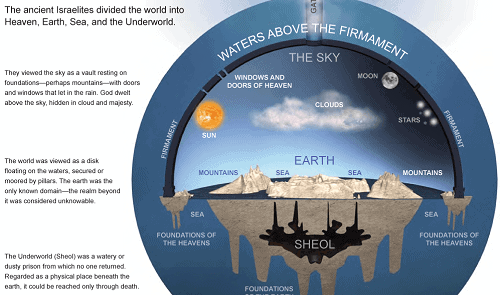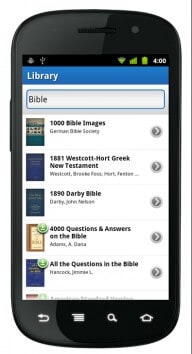Leading up to Easter, my family was looking for something to watch. Our typical Easter plans were ruined by the quarantine, and we hoped to find a digital experience that would help to fill that void. My wife suggested The Chosen. I am not really a...
Creation begins with the separation of light and darkness. Interestingly, God creates light before he creates any sources of light. Some have speculated that God’s glory served as the initial source of light. The FSB study notes point out that...
Today we welcome guest bloggers Drs. Nick and Leona Venditti. Authors of Daily Treasures from the Word of God, the Vendittis have been serving together at INSTE Bible College for many years. “Why daily devotions?” One of the best responses comes...
Faithlife Bible reading plans take the guesswork out of daily Bible reading—no more wondering what you should read next. Choose a reading plan and save time for the important part—reading, understanding, and living out the Scriptures. The Bible is...
The English Standard Version Bible (ESV) is the revised and edited version of the Revised Standard Version, which many consider to be the twentieth century’s best translation. Led by Dr. Lane T. Dennis in the early 1990s, hundreds of people...
There are many benefits to downloading the free Logos Android app. The app gives you access to Logos tools such as: Quick Preview of Bible Verses—Simply tap a passage or cross reference and have it displayed for you with an option to jump the verse...






